Fluid flow and acoustic waves act together to trap nanoparticles.
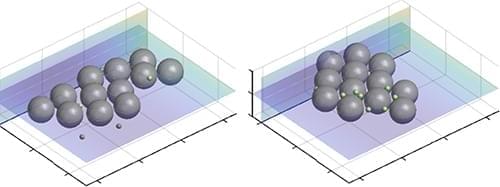

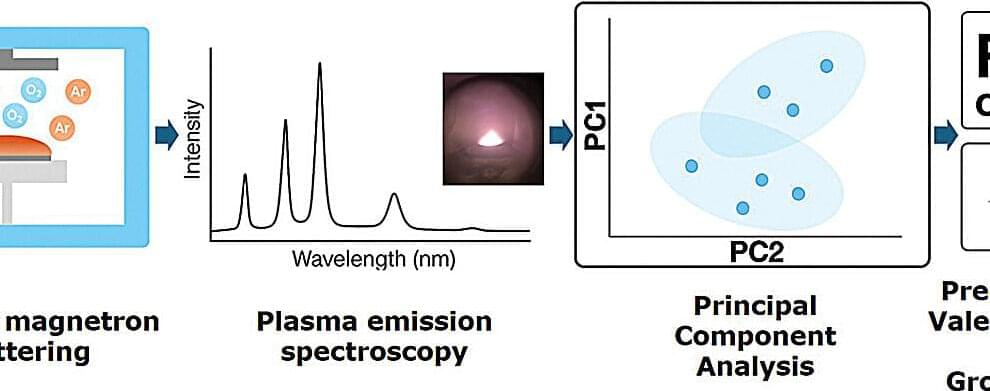
Researchers at University of Tsukuba have developed a technology for real-time estimation of the valence state and growth rate of iron oxide thin films during their formation. This novel technology was realized by analyzing the full-wavelength data of plasma emission spectra generated during reactive sputtering using machine learning. It is expected to enable high-precision control of the film deposition process.
Metal oxide and nitride thin films are commonly used in electronic devices and energy materials. Reactive sputtering is a versatile technique for depositing thin films by reacting a target metal with gases such as oxygen or nitrogen. A challenge with this process is the transitioning of the target surface between metallic and compound states, causing large fluctuations in film growth rate and composition. At present, there are limited effective methods for real-time monitoring of a material’s chemical state and deposition rate during film formation.
A machine learning technique based on principal component analysis was employed to examine massive emission spectra generated within a reactive sputter plasma. This analysis focused on assessing the state of thin film formation. The results, published in Science and Technology of Advanced Materials: Methods, indicated that the valence state of iron oxide thin films was accurately identified using only the first and second principal components of the spectra. In addition, the film growth rate was predicted with high precision.
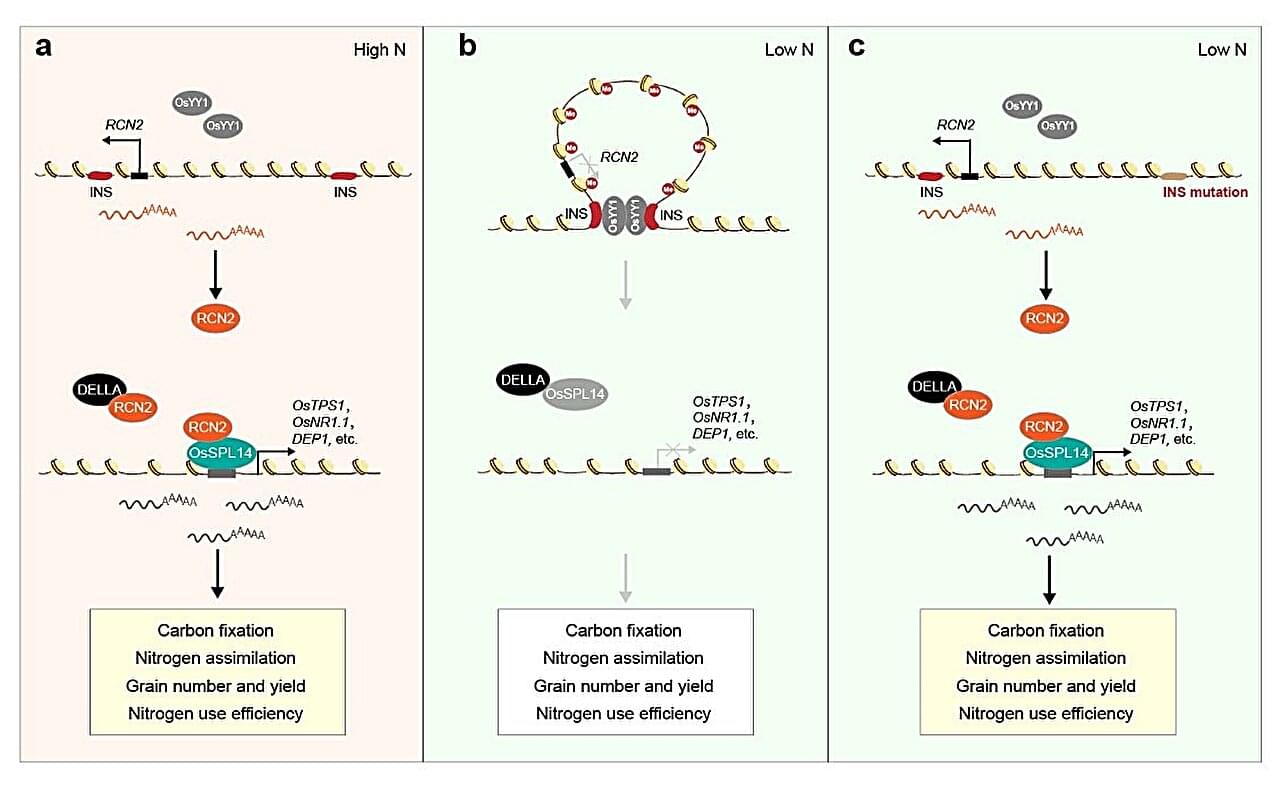
A team of Chinese scientists has uncovered a hidden 3D structure in rice DNA that allows the crop to grow more grain while using less nitrogen fertilizer. The finding, published in Nature Genetics by researchers from the Chinese Academy of Sciences (CAS), could guide the next “green revolution” toward higher yields and more sustainable farming.
The study reveals that a looping section of DNA—a “chromatin loop”—controls the activity of a gene called RCN2, which governs how rice plants form their grain-bearing branches. Adjusting this loop boosted both yield and nitrogen use efficiency (NUE), two traits that normally conflict with each other.
According to Prof. Fu Xiangdong from the Institute of Genetics and Developmental Biology of CAS, who led the team, boosting crop yields depends on strengthening both the “source” and the “sink” within a plant. The source refers to tissues such as leaves that produce and release sugars through photosynthesis, while the sink includes the growing parts—grains, panicles, young leaves, stems, roots, and fruits—that store or consume those sugars. Improving both sides of this system simultaneously is essential for increasing yield and NUE.

Halide perovskites—already a focus of major research into efficient, low-cost solar cells—have been shown to handle light faster than most semiconductors on the market.
A new paper, published in Nature Nanotechnology, reports quantum transients on the scale of ~2 picoseconds at low temperature in bulk formamidinium lead iodide films grown by scalable solution or vapor methods. That ultrafast timescale indicates use in very fast light sources and other photonic components. Crucially, these effects appear in films made by scalable processing rather than specialized growth in lab settings—suggesting a practical and affordable route to explore ultrafast quantum technology.
“Perovskites continue to surprise us,” said Professor Sam Stranks, who led the study. “This discovery shows how their intriguing nanoscale structure gives rise to intrinsic quantum properties that could be harnessed for future photonic technologies.”

A new method developed at the University of Warwick offers the first simple and predictive way to calculate how irregularly shaped nanoparticles—a dangerous class of airborne pollutant—move through the air.
Every day, we breathe in millions of microscopic particles, including soot, dust, pollen, microplastics, viruses, and synthetic nanoparticles. Some are small enough to slip deep into the lungs and even enter the bloodstream, contributing to conditions such as heart disease, stroke, and cancer.
Most of these airborne particles are irregularly shaped. Yet the mathematical models used to predict how these particles behave typically assume they are perfect spheres, simply because the equations are easier to solve. This makes it difficult to monitor or predict the movement of real-world, non-spherical—and often more hazardous—particles.

In a paper published in The Astrophysical Journal Letters, the international LIGO-Virgo-KAGRA Collaboration reports on the detection of two gravitational wave events in October and November of 2024 with unusual black hole spins. This observation adds an important new piece to our understanding of the most elusive phenomena in the universe.
Gravitational waves are “ripples” in space-time that result from cataclysmic events in deep space, with the strongest waves produced by the collision of black holes.
Using sophisticated algorithmic techniques and mathematical models, researchers are able to reconstruct many physical features of the detected black holes from the analysis of gravitational signals, such as their masses and the distance of the event from Earth, and even the speed and direction of their rotation around their axis, called spin.

Nearly everyone has experienced it: After a night of poor sleep, you don’t feel as alert as you should. Your brain might seem foggy, and your mind drifts off when you should be paying attention.
A new study from MIT reveals what happens inside the brain as these momentary failures of attention occur. The scientists found that during these lapses, a wave of cerebrospinal fluid (CSF) flows out of the brain—a process that typically occurs during sleep and helps to wash away waste products that have built up during the day. This flushing is believed to be necessary for maintaining a healthy, normally functioning brain.
When a person is sleep-deprived, it appears that their body attempts to catch up on this cleansing process by initiating pulses of CSF flow. However, this comes at a cost of dramatically impaired attention.
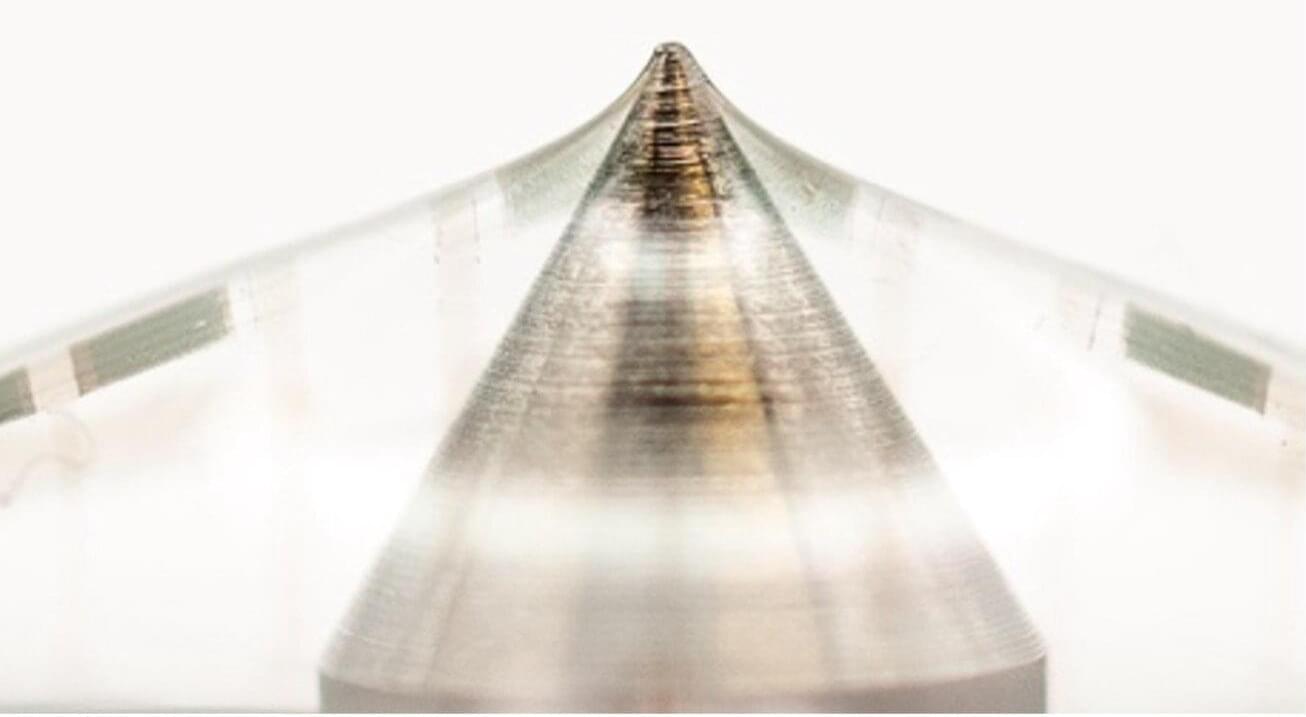
The rapid advancement of sensing and artificial intelligence (AI) systems has paved the way for the introduction of increasingly sophisticated wearable devices, such as fitness trackers and technologies that closely monitor signals associated with specific diseases or medical conditions. Many of these wearable electronics rely on so-called biosensors, devices that can convert biological responses into measurable electrical signals in real-time.
While fitness trackers and other wearable electronics are now widely used, the signals that many existing devices pick up are sometimes inaccurate or distorted. This is because the bending of sensors, moisture and temperature fluctuations sometimes produce inaccurate readings and drifts (i.e., gradual changes that are unrelated to a measured signal).
Researchers at Stanford University have developed new skin-inspired biosensors based on organic field effect transistors (OFETs), devices based on organic semiconductors that control the flow of current in electronics.
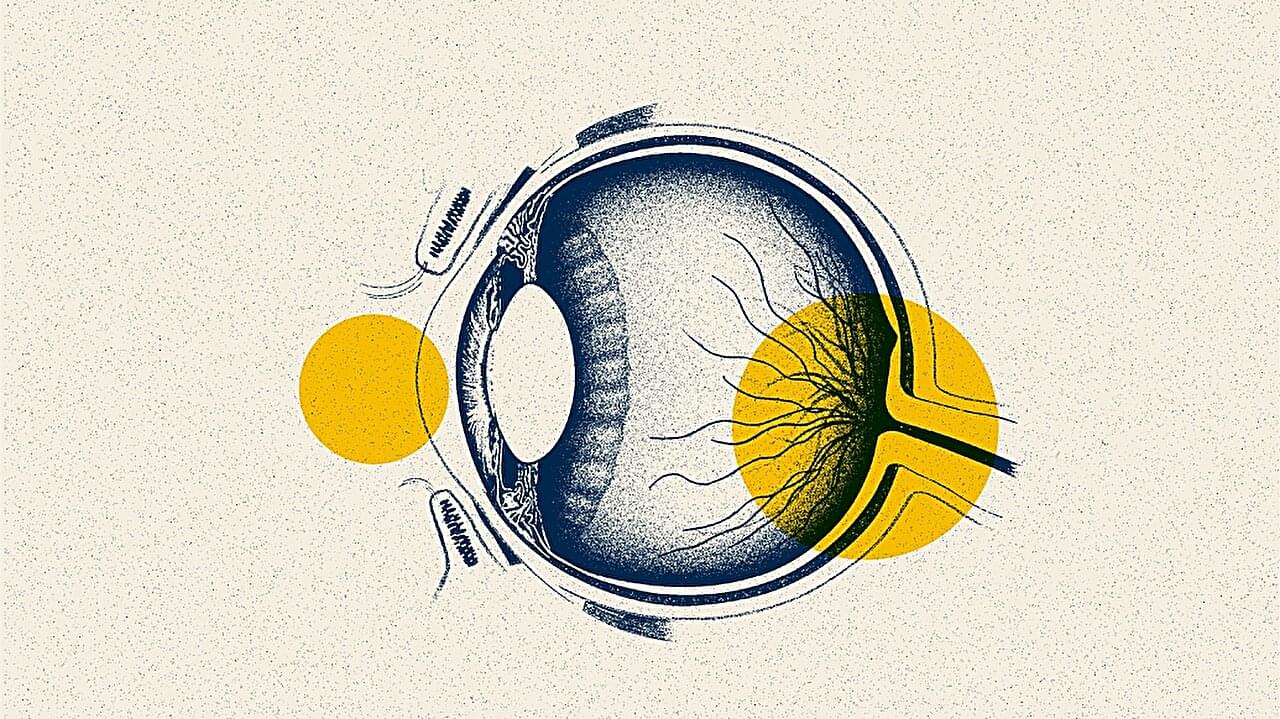
Cells contain a blueprint in the form of DNA that dictates what they can make. This blueprint is converted into a message (mRNA), which is then converted into a protein. Although DNA remains the same in all cells, how it is read depends on specific signals that can change the DNA itself, mRNA or proteins. These signals are often in the form of chemical modifications.
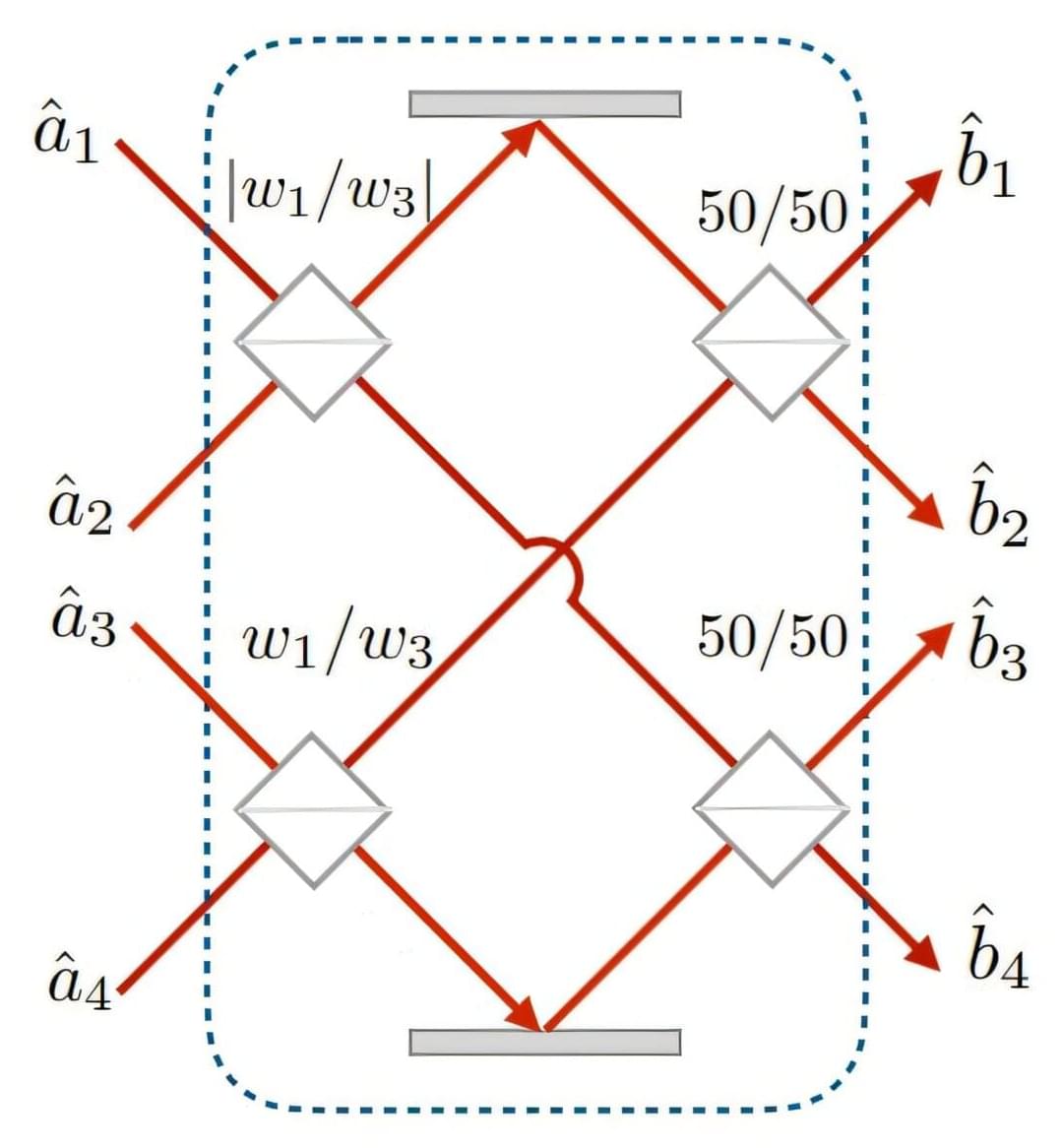
Could global positioning systems become more precise and provide more accurate details on distances for users to get from point A to point B?
A study by University of Rhode Island assistant physics professor Wenchao Ge in collaboration with Kurt Jacobs, a physicist of quantum tech with the U.S. Army, which was recently published by Physical Review Letters, may lead to more enhanced quantum sensing and make such detection data more definitive.
Ge’s study, “Heisenberg-Limited Continuous-Variable Distributed Quantum Metrology with Arbitrary Weights” published by in September, looked at networked quantum sensing, which explores advanced sensor technology in an entangled network that could improve accuracy on how to measure, navigate and explore the world, such as by sensing changes in motion, and electric or magnetic fields.